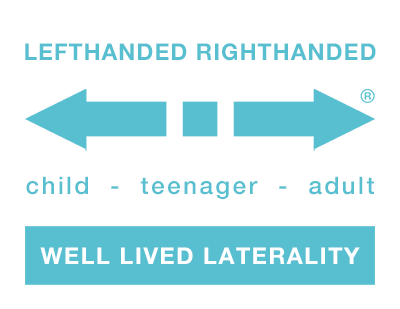DOES MY CHILD SUFFER FROM A DYSLATERALITY ?
Possible symptoms linked to learning difficulties at school
Whether you are right- or left-handed,
you may have one or several symptoms
ranging from manageable to incapacitating.

Symptoms of a dyslaterality
Reading difficulties
Speaking difficulties
Dys-… disorders
Poor concentration
Headaches
Ophthalmic pains
Ill-being
The right questions to ask yourself !
Are you dyslateralized / poorly lateralized?
Do you like reading?
Is your reading slow, struggling, hesitant?
Do you stumble over words?
Do you read sentences 2 or 3 or more times to understand them?
Do you experience ophthalmic pains?
Headaches or pain across your forehead?
Difficult, tense or poor concentration
that doesn’t last (you stop reading after 2 pages, for example)?
Difficulties in comprehension, memorization or restitution?
Do you have speech difficulties, e.g. stuttering?
Do you have back pains or a scoliosis?
Wrist pains (due to being left-handed)
/ wrist twisted into a “swan’s neck”?
Do you have a poor sense of direction in space / time?
Do you struggle to make choices or decisions
and implement them (procrastination)?
Experience a block in the flow of your life?
Contrariness?
Do you suffer from dyslexia, dyscalculia,
visual-spatial dyspraxia, “dys- something”…?
Do you have a mind that triggers a thousand ideas a minute?
Are you hyper / sensitive / emotional / shy…?
Do you regularly doubt your abilities?
Are you depressed, or prone to depression?
Hyper-creative?
A perfectionist?
Altruistic… ?
Hyperactive, precocious, with a high potential?
In short, could you suffer from a dyslaterality?
Why test your laterality?
What is the most common use of dynamic vision – i.e. in motion – most anchored in our life
if not reading or visually follow our writing? All these questions are reason enough to check your leading eye for dynamic vision, the one using movement when reading or visually following your writing, which can strongly determine our representation of life and influence our daily behaviours.
In tangible terms, each time you read or visually follow your writing, your leading eye is solicited:
– in a left-to-right direction in the West,
– in a right-to-left direction in the East.
Specialists usually test your dominant eye with a hole in a sheet of paper, a pen placed vertically in front of you, a telescope, etc.
➔ This is usually for long-distance, vertical and static or centred vision;
➔ It does not reveal which of your eyes is the leading one, the active, dynamic one used for reading, because your dominant eye may not be your leading eye;
➔ It does not make it possible to identify any potential link with the symptoms listed above.
Laterapedagogy – Lateratherapy offer the following:
A thorough diagnosis of your laterality specifically designed to identify your leading eye and check whether you suffer from a dyslaterality;
Tools and strategies in line with the diagnosis to rehabilitate your original laterality (mainly manual and visual);
Tools and strategies to adapt to:
– the left-to-right reading and writing system in the West;
– the right-to-left reading and writing system in the East;
Therapy support based on the impacts on your individuation process, your identity, self-esteem and self-confidence.

